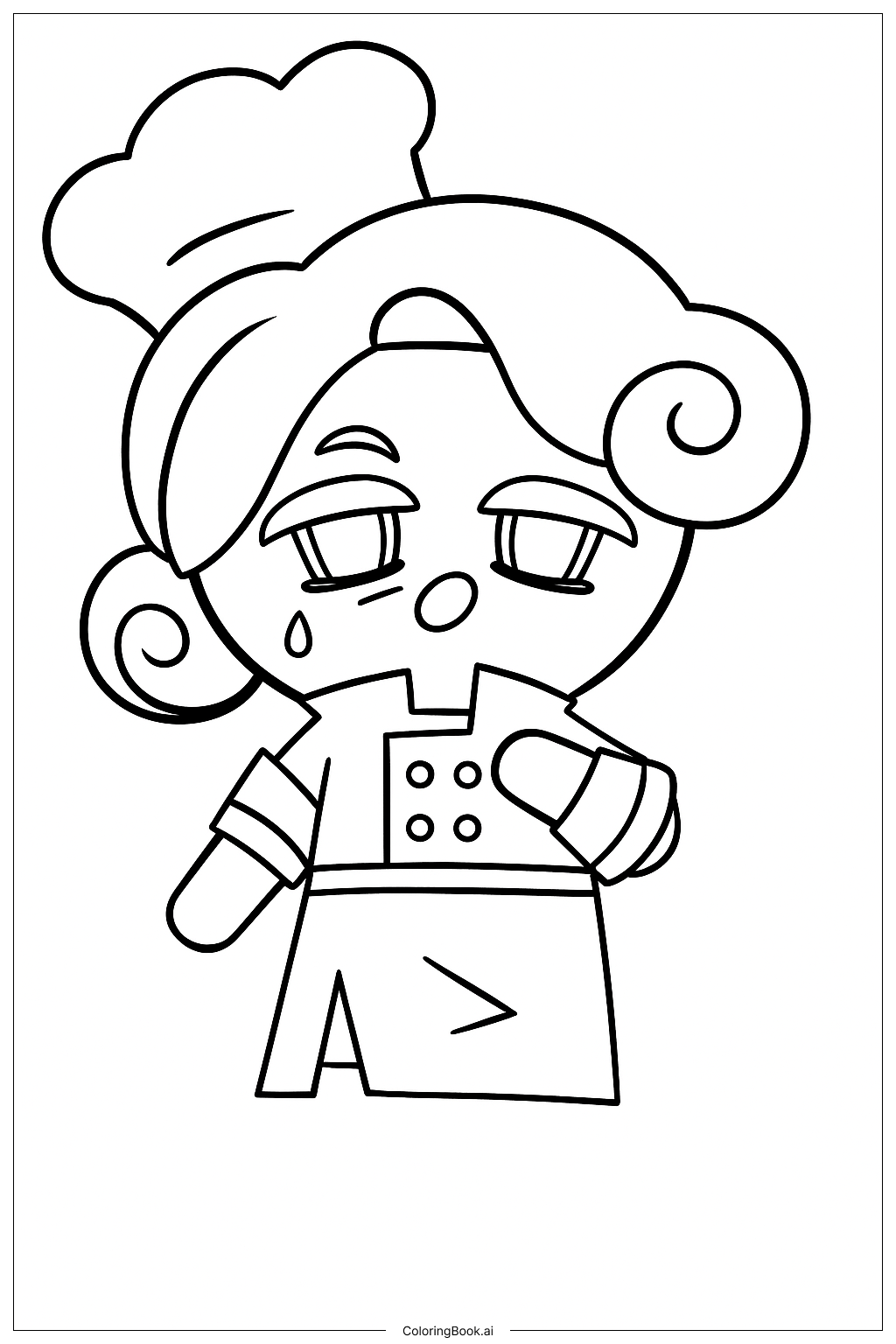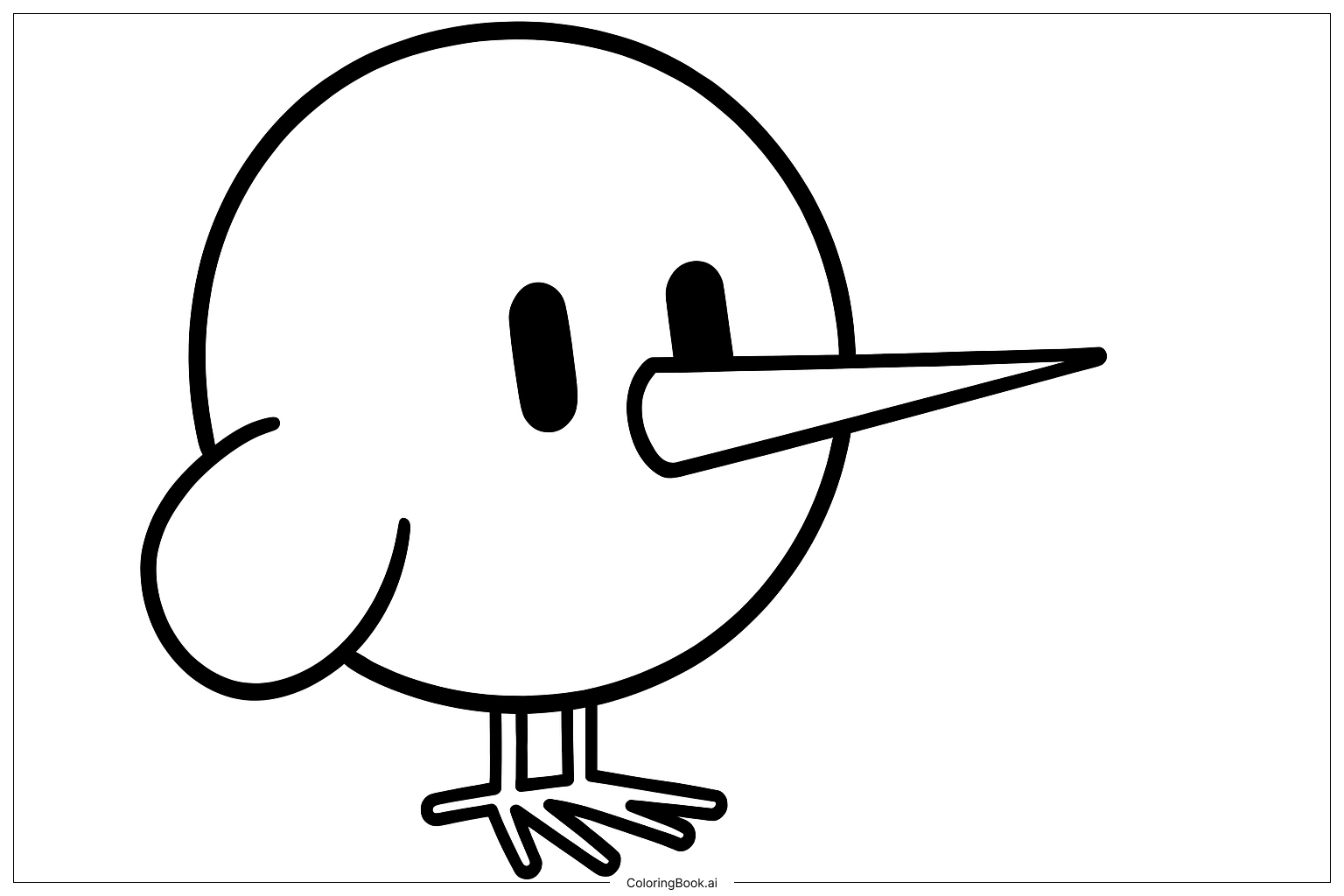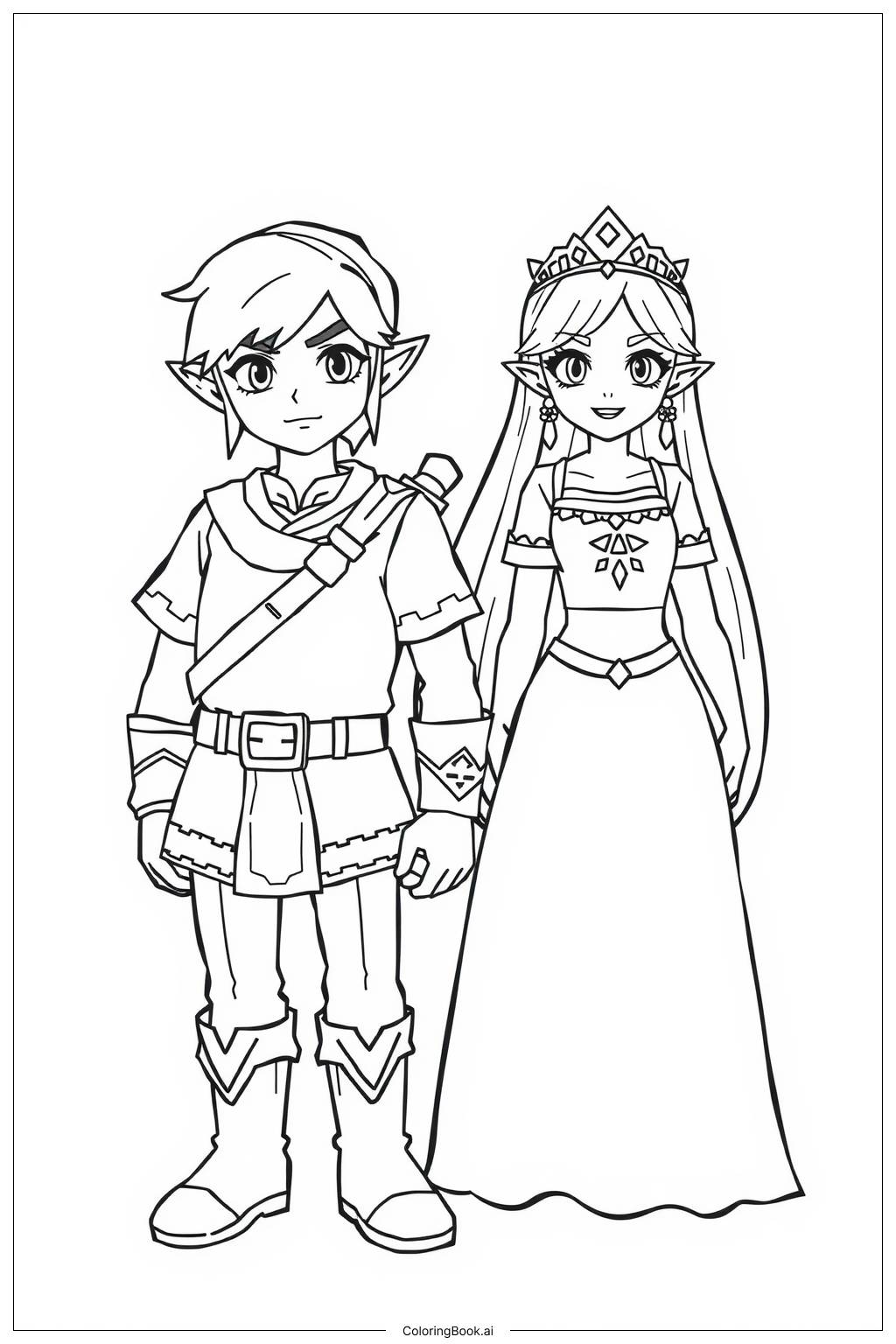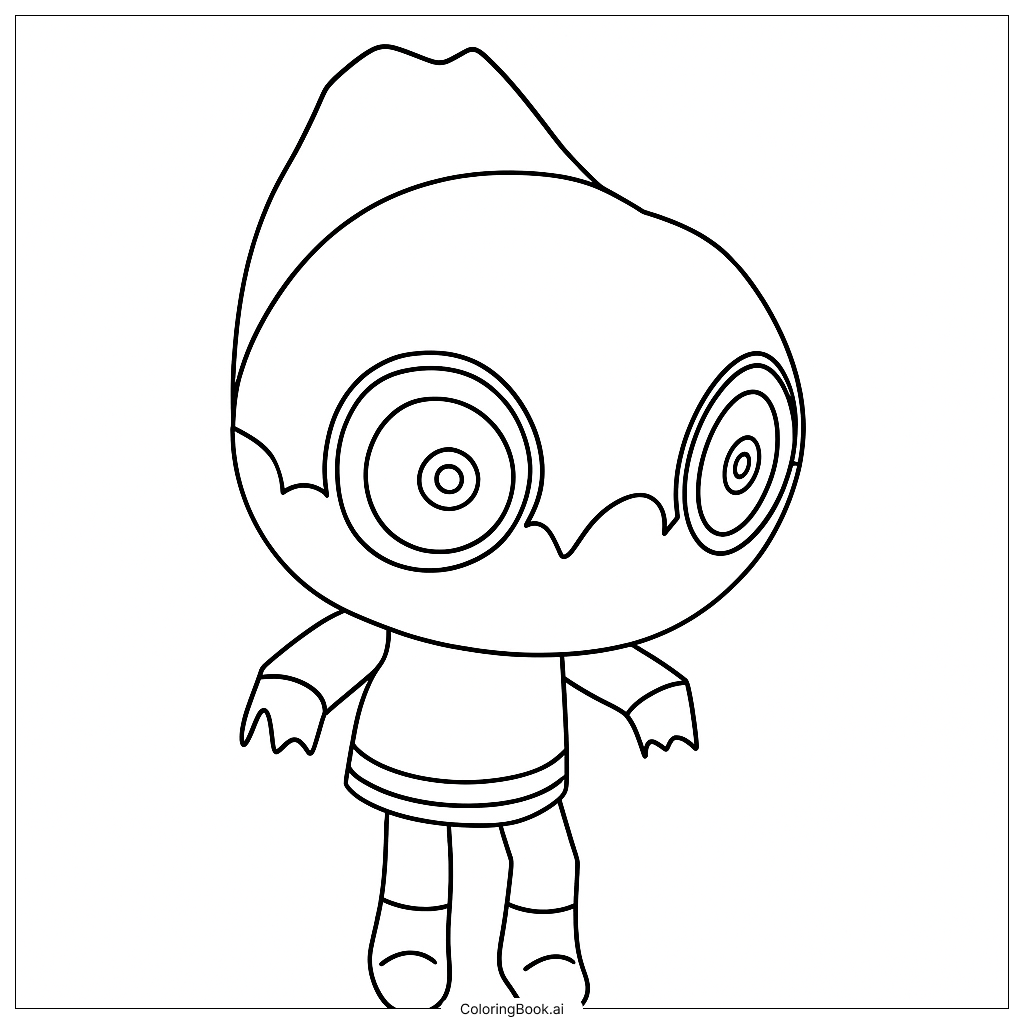Coloring tips: How to color Capybara coloring page well?
For coloring this capybara, try using soft and warm colors like light brown, beige, or tan for its body to reflect a gentle natural look. You can use slightly darker shades around the edges or the feet for some shading and depth. The eyes and nose can be colored black or dark brown to stand out. Adding a light pink or peach tone for the cheeks will make the capybara look even friendlier. Keep the colors smooth and soft to match the character’s calm expression.
Coloring challenges: Which parts are difficult to color and need attention for Capybara coloring page?
1. Large uniform areas - The big smooth spaces on the body need even coloring to avoid patchiness. 2. Minimal facial details - With simple features, it’s hard to add shading or depth without overdoing it. 3. Edges and small feet - Coloring the tiny feet requires careful attention to stay inside the lines. 4. Maintaining softness - Keeping the gentle and fluffy look might be tricky when using strong or dark colors. 5. Little facial expression - Since the face has fewer details, slight color mistakes can affect its cute appearance.
Benefits of coloring books: Advantages of drawing Capybara coloring page
Coloring this capybara helps children develop hand-eye coordination and fine motor skills through steady coloring on big and small areas. It encourages creativity by allowing kids to choose warm and natural colors. The simple design helps beginner colorers build confidence before trying more complex pictures. It also teaches patience and focus because of the need to color carefully within the lines. Most importantly, it brings joy and relaxation by connecting kids with a friendly character from a beloved game.








